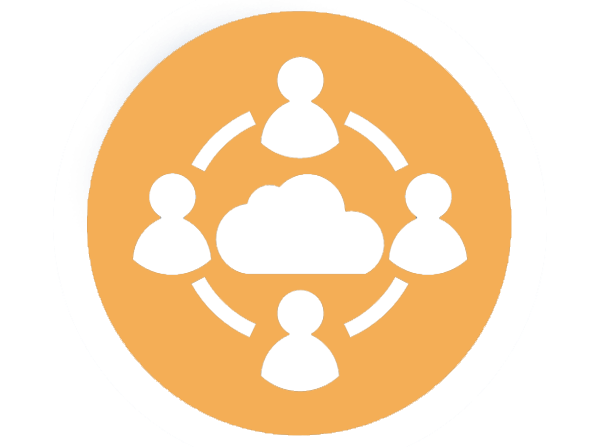Improve Learning: Learning Collectives
Learning with Peers
Students enrolled in selected treatment sections receive supplementary academic support and mentoring, by participating in learning collectives whose design and implementation draws from the literature on the types of outside-the-classroom factors that affect success in STEM, particularly for students from underrepresented groups. The collectives are inspired in part by Philip Uri Treisman’s seminal “anti-remedial” learning collaboratives (Treisman 1992), in which African American students studying calculus at Berkeley in the late 1970s and early 1980s found success through participation in intensive small-group peer collaborative activities to develop strength in the discipline.
We adopt the term “collectives” from Douglas and Seely Brown (2011), who describe peer-to-peer learning as an environment that produces results greater than the sum of its parts. In learning collectives, “people belong in order to learn” and the collective derives its strength from participation. These learning collectives provide learning support networks for students, through peers who are trained in how to help students learn.
The impact of learning collectives on STEM success was examined in an analysis of UCLA’s PEERS (Program for Excellence in Education and Research in the Sciences), designed for first and second year science majors from underrepresented backgrounds (Toven-Lindsey et al. 2015). According to this study, students receiving peer guidance and support early in their academic trajectory performed better in “gate-keeper” courses, moved faster through the degree, and graduated with higher grade point averages than the matched comparison group.

This activity provides peer-based supplementary academic support and mentoring to students in STEM “landing” courses
Selected Readings
Gosser, D. K., Kampmeier, J. A., & Varma-Nelson, P. (2010). Peer-Led Team Learning. Journal ofChemical Education 2010 87 (4), 374-380. DOI: 10.1021/ed800132w
Thomas, D. & Seely Brown, J. (2011). A new culture of learning: Cultivating the imagination for a world of constant change. Createspace Independent Publishing Platform.
Toven-Lindsey, B., Levis-Fitzgerald, M., Barber, P. H., & Hasson, T. (2015). Increasing persistence in undergraduate science majors: A model for institutional support of underrepresented students. CBE Life Sciences Education, 14, 1-12.
Treisman, U. (1992). Studying students studying calculus: A look at the lives of minority mathematics students in college. The College Mathematics Journal, 23(5), 362-372. doi:10.2307/2686410

